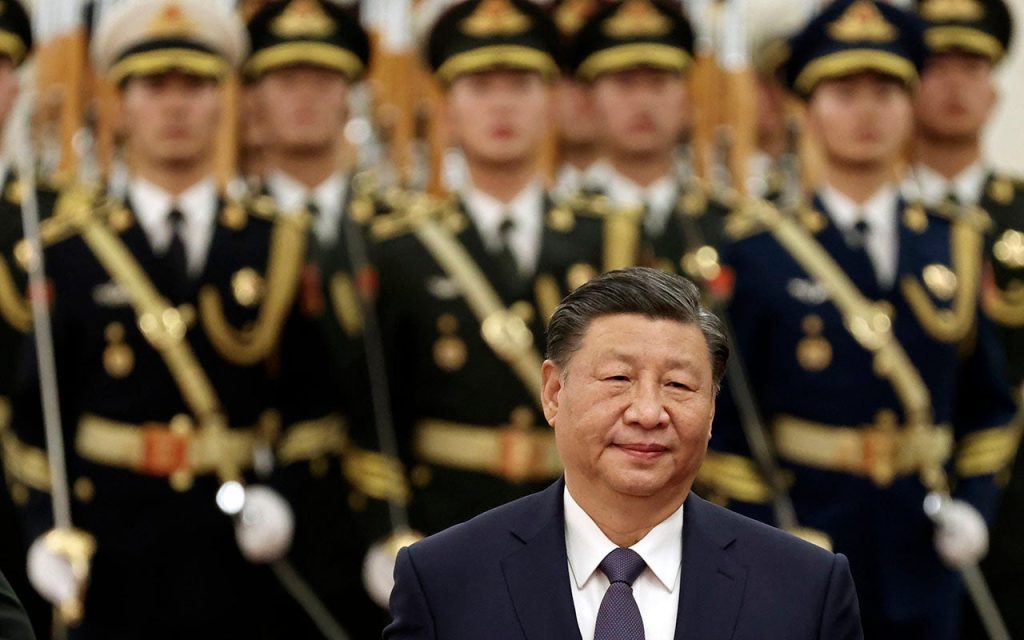According to a recent Department of Defense report, China is currently conducting the largest military build-up since that of Nazi Germany in the 1930s. The report details various operations undertaken by Beijing, including bolstering weapons and psychological warfare capabilities. Chuck DeVore, an expert in national security, warned that the United States has spent $5.4 trillion on the war on terror and nation-building efforts, while the Chinese threat continues to grow. He called for Congress to reallocate resources within the Pentagon to prioritize naval strength, nuclear deterrence, missile defense, and logistics in order to address the growing Chinese military threat.
The Department of Defense’s report highlights China’s massive military build-up, including plans to expand its nuclear arsenal to at least 1,000 warheads by 2030. The Chinese Navy, in terms of numbers of ships, now surpasses that of the U.S. Navy, and China has significantly more shipbuilding capacity than America. China has been investing heavily in its military capabilities, adding 50 new intercontinental ballistic missiles, 300 medium-range ballistic missiles, and 100 long-range cruise missiles to its arsenal. The country also has more than 600 operational nuclear warheads, with expectations to reach over 1,000 by 2030.
The People’s Liberation Army of China has been focused on expanding its influence operations globally and seizing information dominance on the battlefield. Through the development of cognitive domain operations (CDO), the PLA aims to influence public opinion and change behavior and decision-making through the use of advanced technologies such as AI, big data, brain science, and neuroscience. The goal of CDO is to achieve “mind dominance” by using information to influence public opinion and reduce resistance to PLA actions. The PLA is also utilizing CDO as an asymmetric capability to deter potential conflicts or shape perceptions in a conflict scenario.
The report also highlights China’s leading arsenal of hypersonic missiles, including the DF-27, which can evade U.S. missile defenses and target strategic locations such as Guam, Hawaii, and Alaska. China’s navy, already the largest in the world, is expected to expand further to 435 ships and submarines by 2030, up from the current 370. The PLA seeks to use psychological warfare and cognitive domain operations to exert pressure and instill fear in its opponents without engaging in direct conflict, viewing this as the highest realm of warfare.
With China’s growing military capabilities and its focus on advanced technologies and psychological operations, experts warn that the United States needs to prioritize and modernize its own military capabilities, particularly in the areas of naval strength, nuclear deterrence, and missile defense. The report underscores the need for Congress to reallocate resources within the Pentagon to address the evolving threat posed by China and to ensure that the U.S. remains competitive in an increasingly complex and dynamic global security environment.













